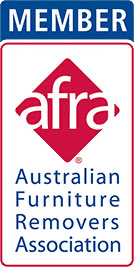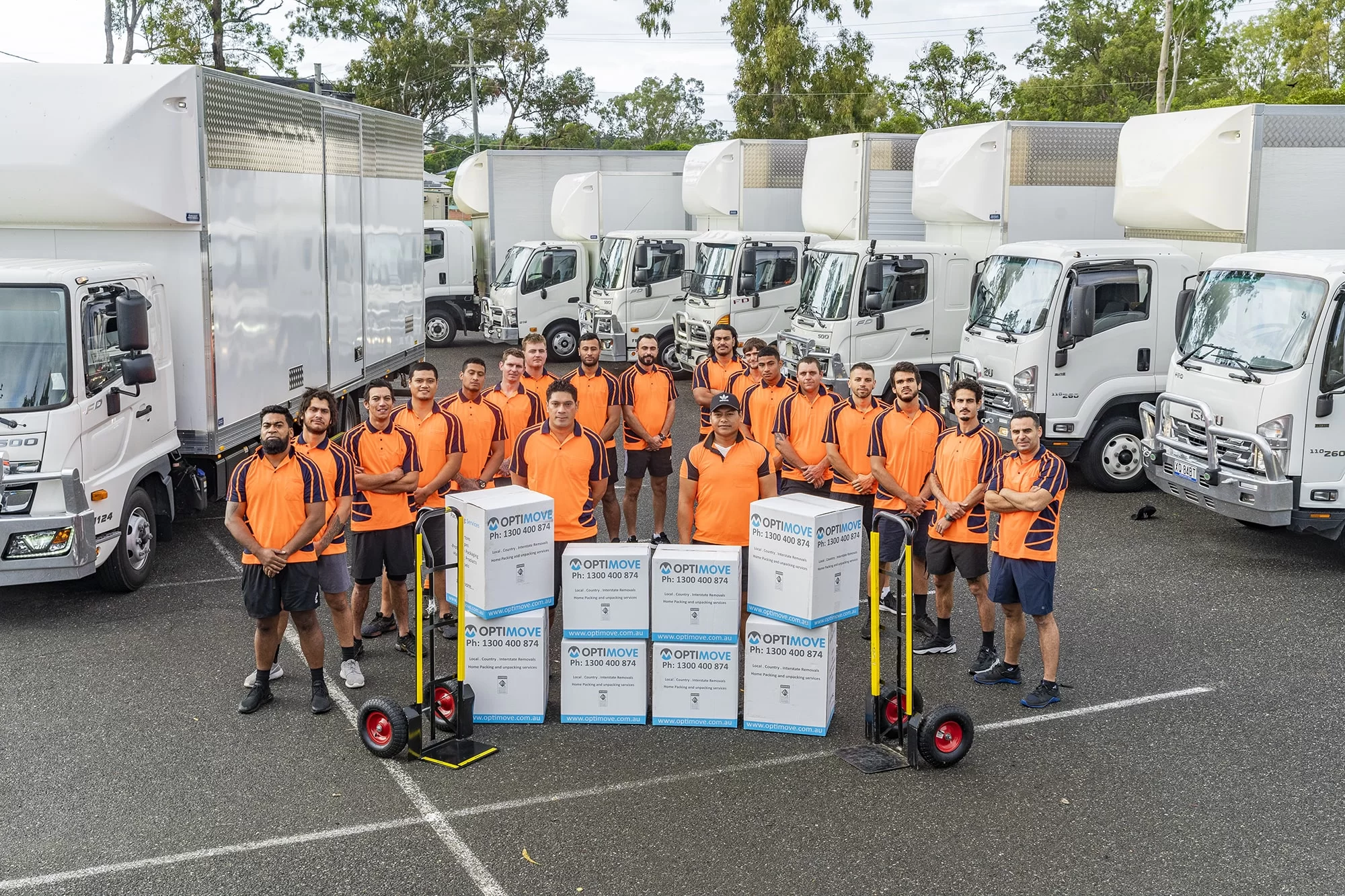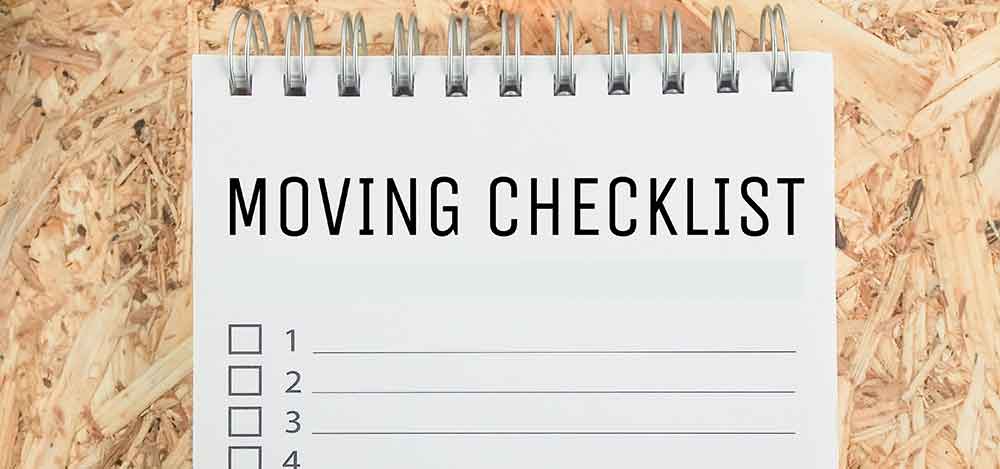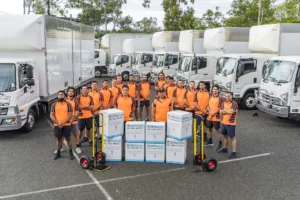Avoiding Moving Scams in Australia
Introduction
Moving should be straightforward: you book a professional team, agree on a fair price, and your belongings arrive on time and intact. Unfortunately, a small number of operators exploit stressful move timelines, vague quotes, and unclear paperwork. The good news is that most scams are easy to spot if you know what to look for.

At Optimove, we’ve seen how misleading quotes, hostage-goods tactics, and “too-good-to-be-true” offers play out. This guide distils practical, on-the-ground advice from years of moving homes and offices across Australia. Use it as a checklist before you book.
How Moving Scams Work (and Why They Persist)
Scammers lean on uncertainty. They offer a headline price over the phone, then inflate it on move day with surprise “stair fees,” “heavy item fees,” or “long carry” charges. Some book multiple jobs for the same truck, overpromise arrival windows, and pressure you to accept new terms when you’re time-poor. Others rely on vague cubic-metre estimates that magically expand after loading begins, turning a cheap quote into an expensive “recalculation.”
These practices persist because they exploit common blind spots: no written inventory, no documented scope, and no clear rate card. When the scope is undefined, the provider can claim anything is “extra.” The antidote is simple: force clarity up front. Insist on a documented inventory, written inclusions and exclusions, and a transparent price structure tied to that inventory, before you pay a cent.
Clear Red Flags When Comparing Quotes
“Too cheap” is the first warning sign. Genuine operators pay trained staff, maintain vehicles, carry insurance, and meet safety standards. If one quote is dramatically lower than the market, the missing cost will appear later as surcharges. Another red flag is a quote based on vague descriptors like “small move” without a written inventory, or a price that changes when a “manager” calls you back.
Be cautious with cash-only demands, reluctance to share a full ABN, and no physical address. Watch for no-brand trucks or requests to pay a driver’s personal account. Finally, beware of pressure tactics: “This price is only valid for the next hour,” or “We’ve already pencilled you in, send a deposit now.” A reputable mover will honour a quote window and send it in writing, including the terms.
Safe Deposits, Payments and Contracts
A modest, transparent booking deposit is standard; a large, non-refundable deposit with vague terms is not. Your paperwork should state: deposit amount, when it’s applied, what happens if you reschedule, and when the balance is due. Never pay a full amount up front, and avoid transfers to private accounts. Use traceable methods tied to a proper invoice that includes the company’s legal name and ABN.
Your contract should list the address pair, access notes (lifts, stairs, parking), inventory, services (packing, disassembly, materials), hourly or fixed rates, and a not-to-exceed amount where appropriate. If the mover works on an hourly basis, ask for the minimum hours, depot-to-depot rules, and how travel and fuel are charged. If fixed-price, confirm it’s based on a pre-move inventory and access details so surprises are rare and manageable.
Licences, AFRA Standards and Insurance
In Australia, credible movers align with industry standards and, where relevant, are members of recognised associations. Ask about training, safety procedures, and whether teams follow written handling protocols for fragile or high-value items. Professional operators will explain cover options clearly, including what’s included by default (often limited carrier liability) and what requires separate insurance.
Request certificates of currency for public liability and, if offered, insurance arranged under a proper Financial Services framework. Confirm who lodges claims, how they’re assessed, and typical timeframes. A trustworthy mover will help you understand what is and isn’t covered, and they’ll put these details in writing before move day, not after an incident.
Vetting Reviews, References and Digital Footprint
Scammers can spin up shiny websites quickly, but they struggle to build a consistent, verifiable footprint. Look for a long-lived presence: multiple years of reviews, detailed customer feedback that mentions specific suburbs or move types, and responses to issues that sound human and accountable. Be wary of profiles with only recent five-star bursts and little text detail.
Ask for two recent references similar to your job, same suburb type, similar access, or comparable inventory, and actually call them. Check that phone numbers on quotes, websites, and emails match. Search the company name with terms like “complaint” or “review” and note patterns rather than one-off gripes. Finally, confirm fundamental legitimacy: ABN lookup details, registered business name, and a real address you can verify.
Quote Types That Protect You
Not all quotes are equal. A number thrown over the phone is an estimate; a written quote tied to an itemised inventory is far safer. When time allows, request a virtual or on-site assessment so the provider can see access, lifts, parking restrictions, and bulky or fragile items. The best protection is a fixed-price quote based on that assessment, with explicit inclusions (wrapping, assembly, materials) and exclusions (special crating, unusual access fees).
If hourly billing suits your job, ask for a “not-to-exceed” cap tied to the documented scope. That way, you keep flexibility while limiting exposure. In both cases, get the schedule, the truck size, and staffing levels in writing. If the mover wants to change the scope later, they should issue a variation document for your approval before work proceeds, not a verbal nudge on the day.
Hostage-Goods Tactics and How to Prevent Them
“Hostage” scenarios happen when a rogue operator loads your goods, drives to a depot, and demands more money before delivery. Prevention starts with paperwork: a clear scope, fixed or capped pricing, and fair, documented deposits. Use payment methods that leave a trail and avoid paying cash balances before delivery is complete and checked off.
On move day, refuse to proceed if the crew tries to alter terms without written justification. Call the office, refer to the signed quote, and insist on a formal variation or pause. Photograph the truck, uniforms, and any ID cards upon arrival. Keep an inventory checklist and tick items at delivery. These simple steps make it far harder for a bad actor to claim confusion and push for extra payment.
Protecting High-Value and Fragile Items
Scammers love ambiguity around pianos, artwork, antiques, and oversized appliances. Legitimate movers will ask about these up front and specify handling methods, such as custom crating, piano skids, glass protection, and TV/monitor boxes. They’ll also talk through liability, valuation, and what happens if the lift fails or access changes.
Create a short “special items” list with dimensions, approximate weight, and photos. Share it during quoting and ensure it appears in the contract. On the day, photograph the condition before wrapping. Where possible, move small high-value items (jewellery, documents, devices) yourself. If a provider shrugs off your concerns or refuses to detail methods and coverage, choose another mover.
Your Pre-Booking Checklist
- Written Quote: Based on itemised inventory and access notes.
- Company Identity: ABN, legal name, physical address, consistent phone numbers.
- Insurance: Certificates of currency; clear explanation of coverage and exclusions.
- Payment Rules: Fair deposit, traceable method, no large up-front balance.
- Reviews and References: Long-term footprint, call two recent customers.
- Scope Certainty: What’s included/excluded; variation process in writing.
Move-Day Safeguards
- Paperwork On Hand: Quote, terms, and contact for the office, not just the driver.
- Photos and Inventory: Document condition at pickup and delivery.
- Refuse Verbal Changes: Insist on written variations before proceeding.
- Payment Timing: Pay the final balance only upon delivery, unless agreed otherwise in writing.
What To Do If You’ve Been Targeted
If a mover changes terms mid-job, pause loading and escalate to the office. Refer to the signed quote and request a written variation for review. If goods are already loaded and a ransom appears, keep records: emails, texts, truck rego, staff names, and photos. Document every conversation and keep payments traceable. If the operator threatens to withhold delivery in breach of your contract, seek formal advice promptly and contact your bank about any disputed payments. Good documentation, inventory, photos, and written terms dramatically improve your position.
How Optimove Helps You Avoid Scams
We price transparently from a documented scope. For fixed-price moves, we conduct a pre-move assessment and issue a clear inventory with inclusions and exclusions. For hourly jobs, we provide rate cards, minimums, travel time rules, and, where appropriate, caps tied to your inventory. Our crews follow documented handling procedures, and we explain cover options in plain language before move day. You’ll always have an office contact, clear paperwork, and a payment process that leaves a proper audit trail.
Most moving scams rely on ambiguity. When you push for clarity, itemised scope, transparent pricing, proper insurance, and written variations, bad actors have nowhere to hide. If you want a clear, professional plan for your move, speak with our team, and we’ll map it out step by step with no surprises.




































